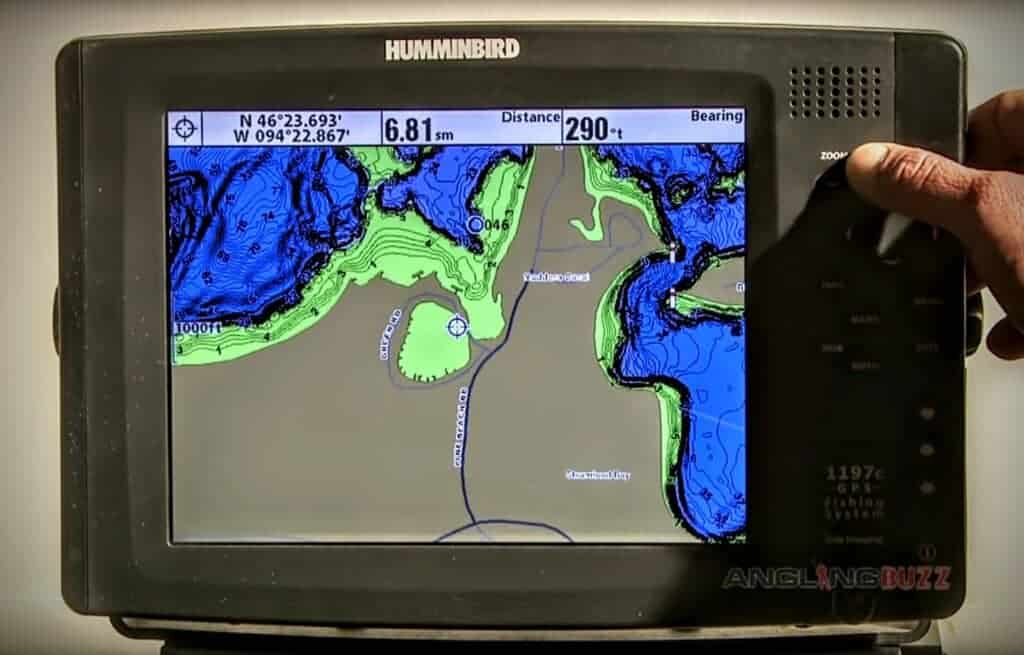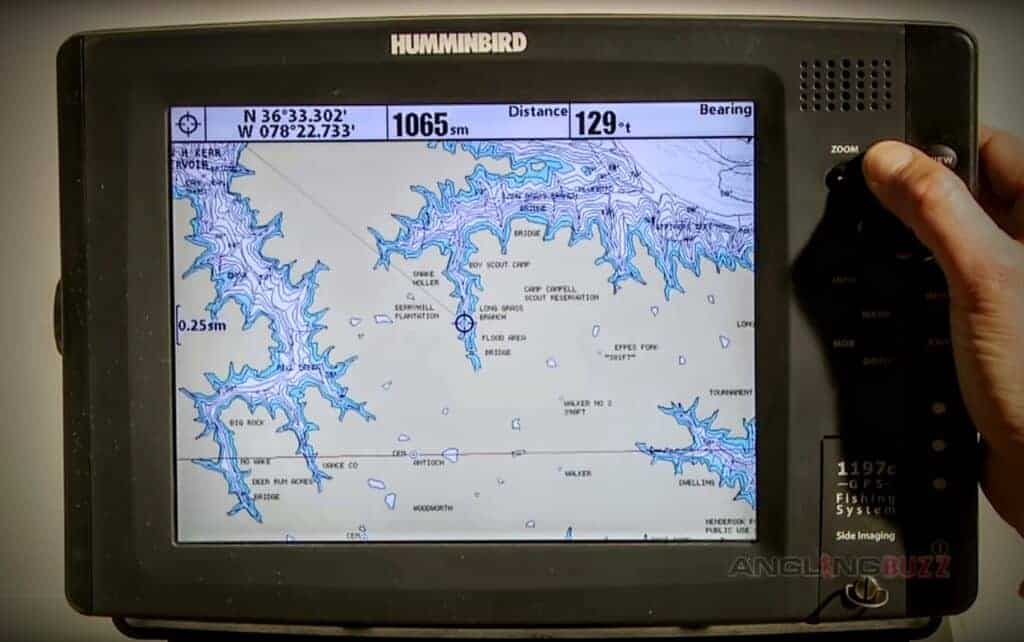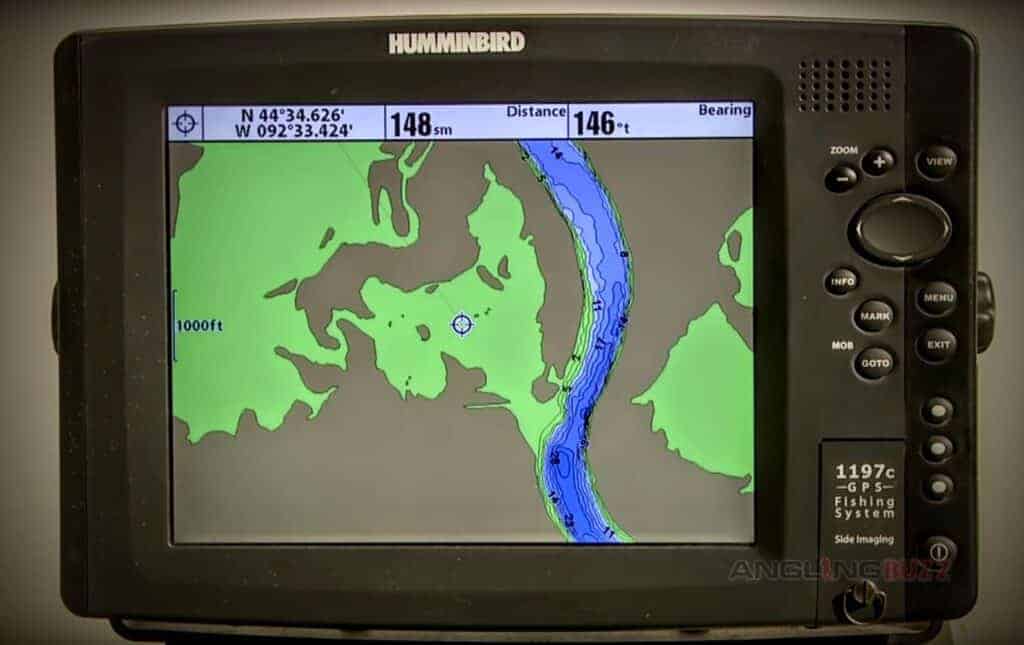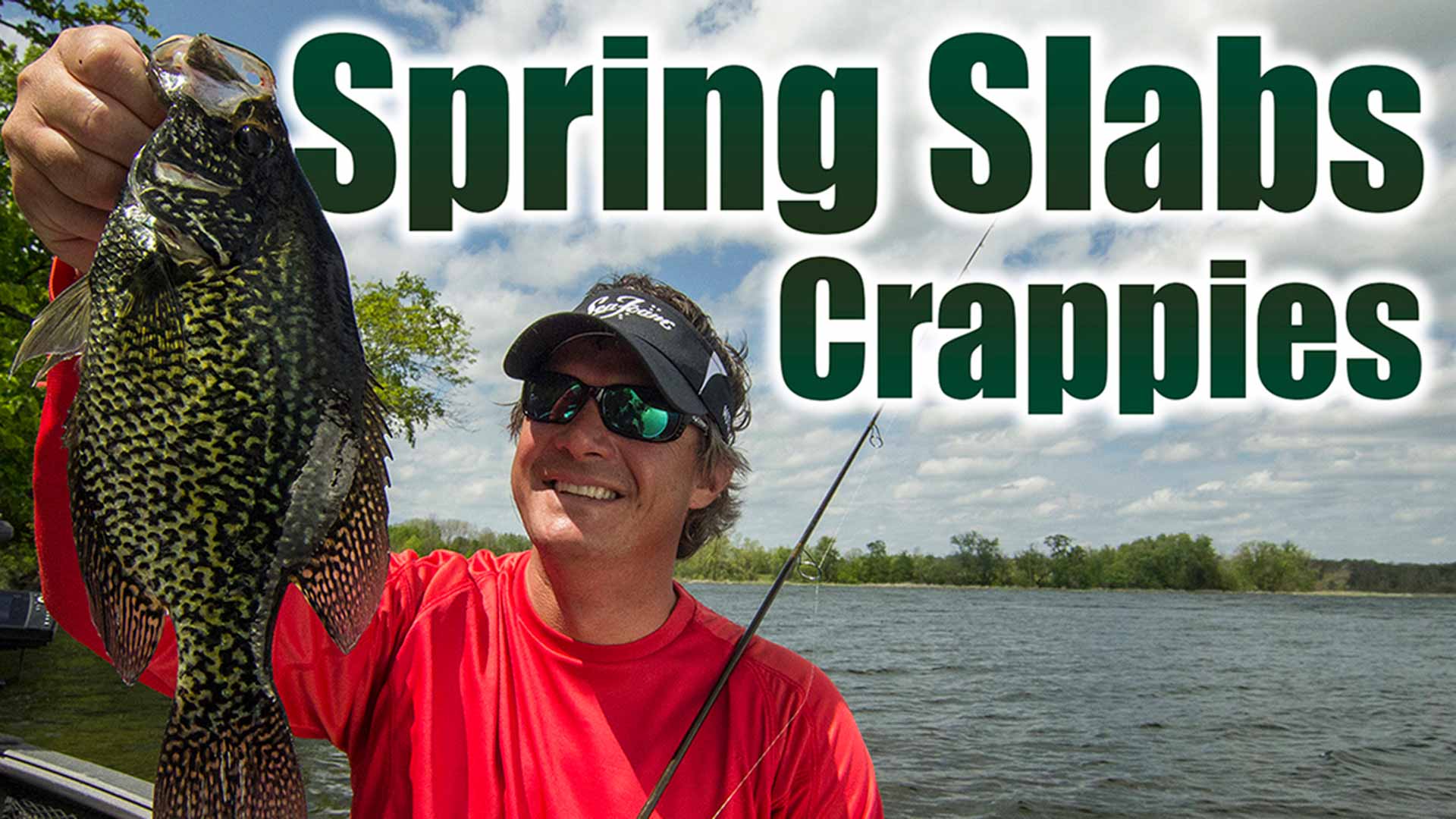Finding Slab Crappies in Spring (Where to Look)
Throughout the region, bays and channels hold abundant slab crappies and big bluegills at this time. Fish lily pad roots, bulrushes, reeds and other shallow cover, using slender bobbers to suspend tiny jigs about 12 to 16 inches deep, perhaps tipped with a minnow or piece of crawler.
The trick to catching spring crappies is understanding where they live. Once you’ve made contact, it generally not difficult to get them to bite.
Large lakes with plenty of room to roam tend to grow the best populations of slab crappies. They also offer numerous places for big crappies to allude anglers throughout the season. This is largely the reason you’ll find good-sized panfish on big lakes despite all the fishing pressure. They are able to avoid angling pressure and the frying pan for large portions of the year.
But during the peak period of spring, schools of fish that once patrolled many acres of main lake weedlines and drop-offs now funnel down into a few square yards of classic shallow water habitat. Find the correct combinations of favorable depth, protective cover, and proper bottom content and you’re well on your way to spring crappie success.
While this is the easiest time of year to pinpoint slab crappie locations on larger lakes, it’s also the time when these fish are most vulnerable. It’s important to practice selective harvest, let the biggest fish go and don’t take more than you need.
So, where do slab crappies go to spawn during this springtime period?

Shortly after ice-out, the crappies in natural lakes typically move directly into the back ends of shallow bays and channels. With weed cover being poor at this time of the year, bulrushes provide critical spawning habitat for crappies. Looking into the water with polarized sunglasses often reveals their presence amidst the network of stalks and stems.

On reservoirs, crappies similarly move towards the back ends of coves in spring. Shallow flats with good brush or wood cover are prime early season crappie attractors for both feeding and spawning.

Big rivers usually have significant flooded backwater areas during spring high water conditions. Crappies flock to the backwaters seeking the protection of flooded brush that lies outside the brunt of the main river flow.
Understand the conditions you are fishing, and you’ll have no problem finding slab crappies this spring.










